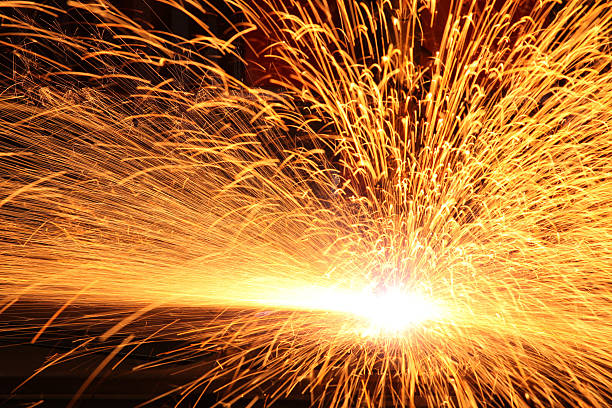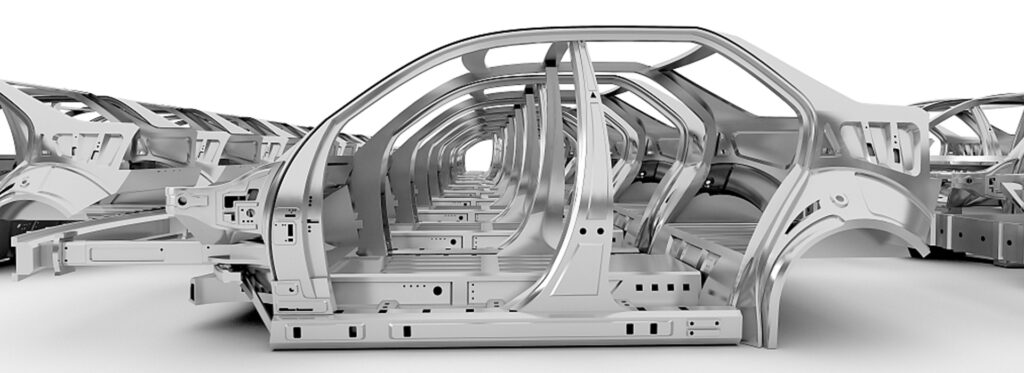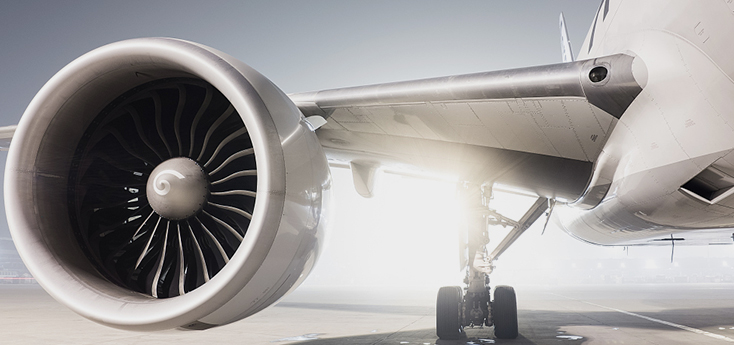Aluminum alloy has the advantages of light material, corrosion resistance, low temperature resistance, and good mechanical properties. It is widely used in many industrial manufacturing fields such as aerospace, rail transportation, automobiles, ships, and chemicals. In recent years, with the country’s macroeconomic system reforms on environmental protection, energy conservation, and emission reduction, there has been a great demand for aluminum alloy materials, especially high-strength aluminum alloy materials with high rigidity, high corrosion resistance, excellent processability, and high mechanical properties. It has gradually become an indispensable important material for lightweight applications in various manufacturing industries. At present, the main welding methods for aluminum alloys are TIG welding, MIG welding, stir friction welding, laser welding, etc. Laser welding has the advantages of high energy, concentrated heat source, small heat loss, small deformation, and large weld depth-to-width ratio. In addition, it is easy to form integrated, automated, and flexible production advantages during the welding process, meeting high-speed and high-precision welding requirements. No vacuum working environment is required during welding, which is very suitable for high-precision welding of complex structural parts in harsh environments.
Conventional melting welding has the following problems.

1) A large amount of heat source is input during welding, resulting in a wide weld and shallow penetration.
2) The metallurgical speed of aluminum alloy is fast, resulting in coarse grains in the weld structure, and the softening of the weld joint can reduce the strength by about 40%.
3) Aluminum alloy has a low melting point and fast thermal conductivity, and the molten metal has poor fluidity, which makes the weld shape unsightly.
4) The heated area is large during welding, and the processed material is easily deformed, which affects the processing size accuracy.
5) It is difficult to ensure the quality of conventional aluminum alloy welding, and the welding speed is difficult to meet the needs of mass production.
Laser welding
The advantages of laser welding of aluminum alloys are particularly prominent. The heat input is small and the heat source is concentrated during welding. In particular, the energy of fiber laser welding of aluminum alloys is more concentrated, the laser wavelength is shorter, and the high reflection is significantly improved. Through fiber laser welding, dual-spot laser welding, laser wire welding and other welding processes, the welding quality and post-welding effect of aluminum alloys can be greatly improved.
Fiber laser welding
When fiber laser welding aluminum alloys, there is a high reflection phenomenon, which affects the material’s absorption of laser energy. The shorter the wavelength, the better the material’s absorption of light. Therefore, fiber laser welding has good absorption of aluminum alloys. The beam mode ensures a high concentration of energy density and ensures welding quality.
Dual-spot laser welding
During welding, the dual beams can form a larger keyhole, which can ensure stability during welding and effectively promote gas discharge. The advantages of using parallel dual-beam laser welding are as follows: ① The temperature difference inside the molten pool is small, which can reduce the solidification rate of the molten metal, thereby prolonging the escape time of bubbles, reducing the formation of pores, and greatly reducing the porosity of the weld. ② It can improve the stability of wire feeding and ensure the stability of welding quality.
Laser welding with wire filling
Compared with laser self-melting welding of aluminum alloy, it can achieve better forming. Laser welding with wire filling can be compatible with the high energy density of laser welding and the high bridging ability of wire filling welding. For welds with a certain gap, it can ensure good forming effect. Moreover, through the selection of different filling materials, different chemical reactions can be carried out on the parent material, which can play a certain role in supplementing and strengthening alloy elements. The use of laser composite welding, through the combination of laser and arc, can effectively eliminate the influence of plasma formed by laser welding. By adjusting parameters such as wire spacing, blowing, and welding gun angle, beautiful welds can be obtained, and for thick plates, no groove is required or only a small groove is required to form a good weld.
Characteristics of laser welding of aluminum alloy
(1) High-power laser head can stabilize the welding quality. With the in-depth development of laser processing, more and more powerful laser heads are rapidly applied. The laser head developed by Scansonic and High YAG can float up and down or left and right within a certain range without changing the spot size or affecting the light filament matching. It is very beneficial for mass production applications and can improve welding defects caused by small dimensional deviations of materials due to processing. (2) Appropriate welding parameters Reasonable welding parameters can well guarantee welding quality. To obtain stable weld formation, it is necessary to match appropriate welding parameters.
Application of aluminum alloy laser welding
Oil pipeline
Aluminum alloy oil pipeline can effectively increase the diameter and wall thickness of the pipeline, so that the pipeline can transport more oil in the rated time. Oil transportation through pipelines is very dangerous and prone to leakage. Once a leak occurs, it may cause immeasurable property losses, casualties, environmental pollution, water pollution and other major hazards. When welding aluminum alloy pipelines, improving welding quality and avoiding welding defects are the key. Laser welding of aluminum alloy pipelines can produce very large benefits and effectively control welding quality. During welding, it can ensure that the weld is formed in one time and the welding quality is relatively high, which can avoid the harm of oil leakage caused by weld defects, as shown in Figure 3. Figure 3 Laser welding of aluminum alloy oil pipeline
Automobile manufacturing

In recent years, the automobile manufacturing industry has continuously explored the application of durable materials and process technologies to improve the overall quality of products. Among them, the application of laser welding technology in automobile manufacturing has realized the welding application of aluminum alloy materials, effectively reduced its own weight, reduced processes, and improved production efficiency, which has been well received by various automobile manufacturers. The wide application of laser welding aluminum alloy technology in the automobile manufacturing process has effectively promoted the application scope of aluminum alloy materials
Aerospace

Aerospace products have stricter requirements on the use of materials, and need to ensure the high precision, heat resistance, stability and durability of the materials. Aluminum alloy products can effectively reduce manufacturing costs and reduce their own weight. The vigorous application of laser welding aluminum alloy material technology provides advanced technology for improving the manufacturing level of the aerospace industry.
Conclusion
Aluminum alloy is a material with an increasingly wide range of applications in the process of development. How to continuously improve the application range and utilization rate of aluminum alloy materials is the focus of research in all walks of life.
As an emerging welding technology, laser welding can effectively solve the defects of welding pores. By continuously expanding the application of laser welding in aluminum alloy materials, it will play a greater role.
With the development of laser welding technology and aluminum alloy material technology, it is necessary to further study the laser welding aluminum alloy technology and develop new processes to effectively tap the potential of laser welding aluminum alloy materials.
Due to the characteristics of aluminum alloy materials, there are still many topics to be studied in high-power laser welding. Among them, controlling the pore defects after weld formation is the key to continuously improving the quality of aluminum alloy welding.

